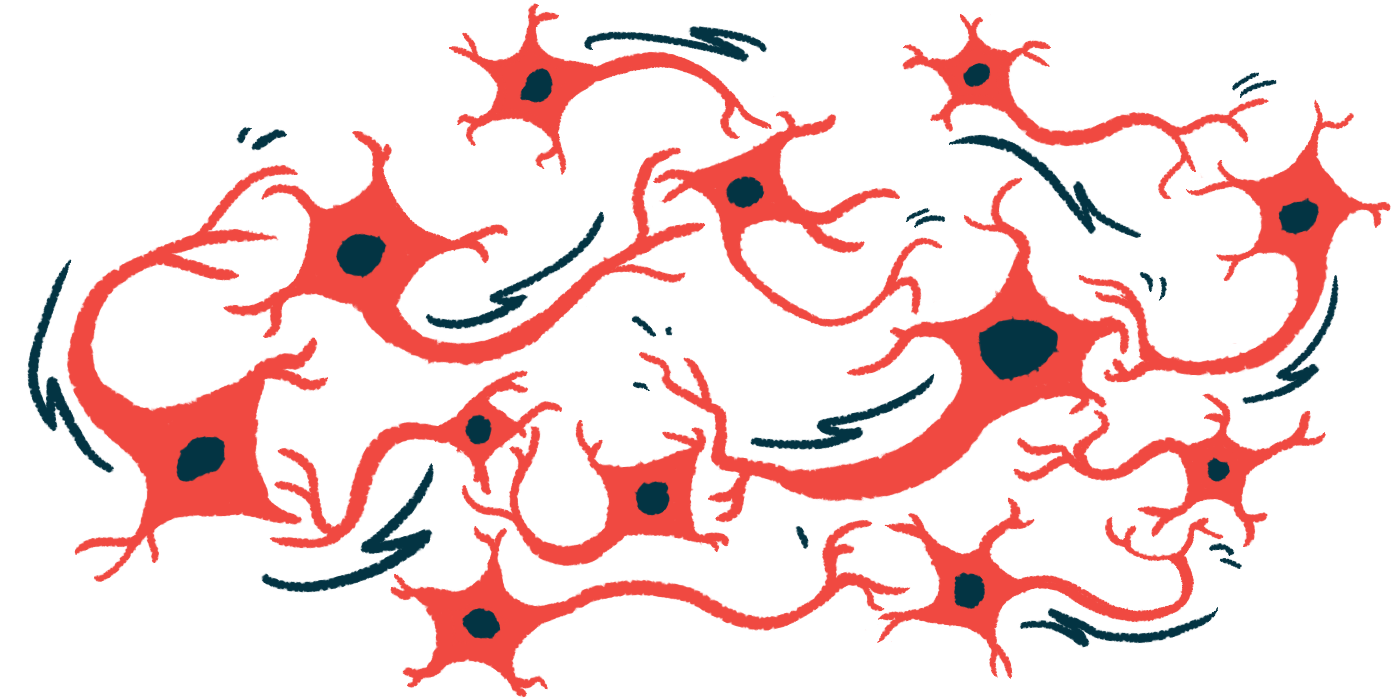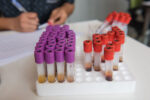Repetitive nerve stimulation fails to predict MG outcomes in study
Researchers say use of RNS is limited to disease diagnosis
Written by |

Repetitive nerve stimulation (RNS), a standard tool used to diagnose myasthenia gravis (MG), was unable to predict disease severity over the long term, or other MG outcomes, among people with the neuromuscular condition, a study found.
While there was a correlation between RNS results and disease severity at symptom onset — which supports the tool’s diagnostic usefulness — these measures did not correlate with self-reactive antibody levels, disease severity at the time of nerve stimulation testing, or clinical outcomes at the last follow-up.
“Our data do not support RNS as a tool for long-term outcome prediction, limiting the clinical use of RNS to diagnostic purposes,” the researchers wrote.
The study, “The diagnostic and prognostic utility of repetitive nerve stimulation in patients with myasthenia gravis,” was published in the journal Nature Scientific Reports.
Investigating repetitive nerve stimulation as a prediction tool
In MG, self-reactive antibodies target and damage proteins within the neuromuscular junction — the region where nerves connect with the muscles they control. This leads to common MG symptoms such as muscle weakness and fatigue.
There are different types of MG, ranging from a form affecting only eye muscles, called ocular MG, to a more severe and widespread form, called generalized MG (gMG), in which several muscles throughout the body are affected.
RNS is a standard diagnostic tool in MG, in which electrodes are placed on the skin above the muscles doctors wish to test. Small pulses of electricity are then sent through these electrodes to assess a nerve’s ability to transmit these signals to muscles. MG is diagnosed when these signals, called compound muscle action potentials (CMAP), lessen with fatigue.
A recent study showed that an abnormal RNS result, especially in limb muscles, was an independent predictor of conversion from ocular to gMG, suggesting repetitive nerve stimulation might be a prognostic tool to predict outcomes in MG.
Those findings prompted researchers at the Medical University of Vienna, in Austria, to further examine the predictive abilities of RNS in MG patients.
The team collected and examined data from 94 MG patients (53.2% female), who had undergone RNS testing at their medical center between January 2000 and December 2016. The patients ranged in age from 17.5 to 87.7, which a median age of 61.8.
Self-reactive antibodies targeting the acetylcholine receptor (AChR) — the most common type of MG-causing autoantibody — were found in 83 individuals (88.3%). Three patients (3.2%) had anti-MuSK autoantibodies, and eight (8.5%) tested negative for autoantibodies, or had seronegative MG (SNMG).
Exclusive eye muscle involvement occurred in 29 patients (30.9%) at symptom onset, with 16 eventually developing gMG over a median follow-up of 30.4 weeks, or around seven months. All three MuSK autoantibody-positive patients had gMG at onset, and half of those with SNMG had eye muscle weakness at disease onset.
Muscles assessed with RNS included those of the eyelids (orbicularis oculi), the back of the neck (trapezius), the lower lips and chin (mentalis), the shoulder (deltoid), and the hand (abductor digiti minimi).
Autoantibody levels against AChR at symptoms onset correlated with disease severity, as assessed by the MG Foundation of America (MGFA) classification. However, no correlation was found between AChR autoantibodies and CMAP signal loss on RNS testing.
RNS results showed the decline in CMAP signals, over a mean follow-up of 2.4 years, was greater in patients with gMG and in those who progressed to gMG after initial eye muscle involvement, compared with those in whom MG remained limited to eye muscles.
A decrease in CMAP signals significantly correlated with clinical status by MGFA classification at disease onset, but not with clinical status at the time of repetitive nerve stimulation testing. Additionally, there were also several patients with a mild disease course who experienced very high CMAP decrements (greater than 50%).
According to researchers, this lack of correlation between CMAP signal decrements and MGFA scores was most likely due to asymptomatic participants under immunosuppressive treatment still having high CMAP loss.
Our data do not support RNS as a tool for long-term outcome prediction, limiting the clinical use of RNS to diagnostic purposes.
At the last follow-up, 67 patients (71.3%) were clinically asymptomatic, while eight (8.5%) had limited eye symptoms, and 19 (20.2%) had gMG symptoms. Overall, the team found no correlation between CMAP loss on RNS testing and MGFA clinical status.
“While there is a correlation with disease severity at onset, CMAP decrement does not significantly correlate with antibody concentrations in AChR-[antibody] positive patients, the clinical severity at the time of testing, nor with the clinical outcome at last follow-up,” the researchers wrote.
The team concluded that these results fail to support repetitive nerve stimulation as a tool for long-term outcome prediction.






Leave a comment
Fill in the required fields to post. Your email address will not be published.